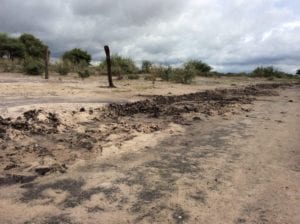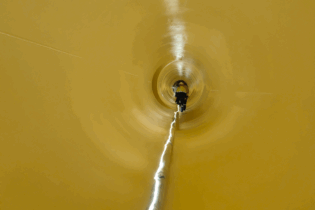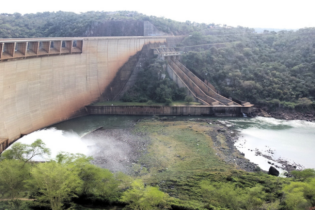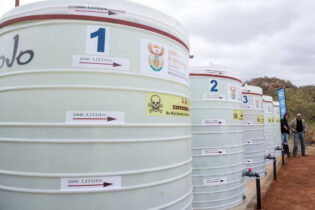
The pipeline route in Habu
The project serves about 1 500 people in north-west Botswana and was completed by JG Afrika’s Botswana office, in partnership with local firm, Initiatives, acting on behalf of the Paul G Allen Family Foundation through its Philanthropy programme.
The simple system, which comprises five tanks on stands that supply taps located at a central point for each of the five wards, while the pumps are powered by solar energy with manual switches, will provide a reference for the imminent roll-out of more water-security measures in other rural areas of Botswana.
Working together for success
Water, sanitation and health (WASH) development expert and an executive associate at JG Afrika Botswana, Robyn Tompkins, says that the project has again demonstrated that development initiatives in rural regions of southern Africa stand a greater chance of success when there is a larger overlap between the political, social and technical aspects.
The proposal for government to take ownership of the assets that would be operated and maintained by a water committee and financed from tariffs collected from the community was accepted in August 2016.
“Having now received the necessary political endorsement, we could proceed with the social components. They took the lead, as success relied on the development of an effective governance system and toolkit to train the committee. Technical training in the basic maintenance of the infrastructure also took place at installation,” Tompkins says.
Empowering the community
The manual system does not intimidate community caretakers and also ensures that they are in constant contact with the infrastructure. The infrastructure can also be easily maintained and repaired by community members thus decreasing the overall unit costs of the infrastructure.
Labour-based construction methods were also used to excavate the trench for the pipeline. While creating many short-term employment opportunities in Habu, this approach ensured that the population knew exactly where the pipeline had been laid to help maintain and avoid damaging the infrastructure.








